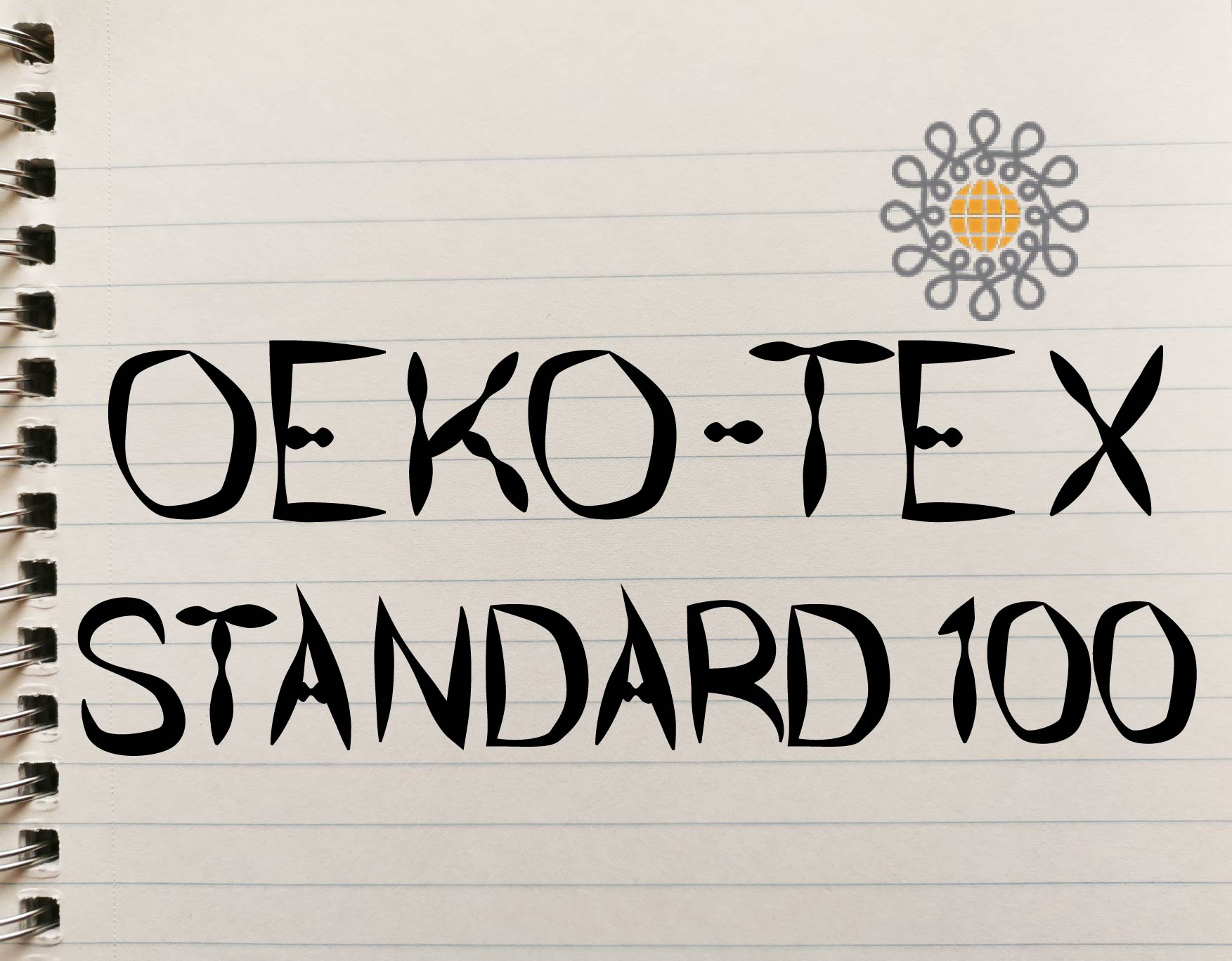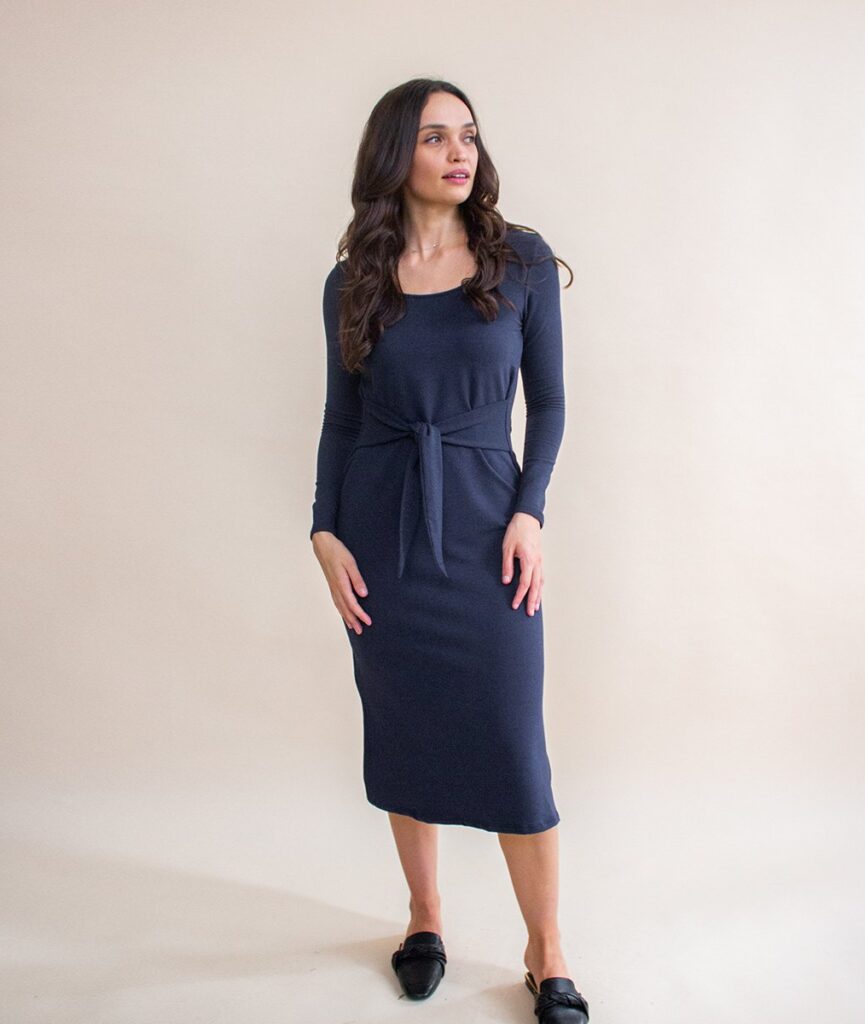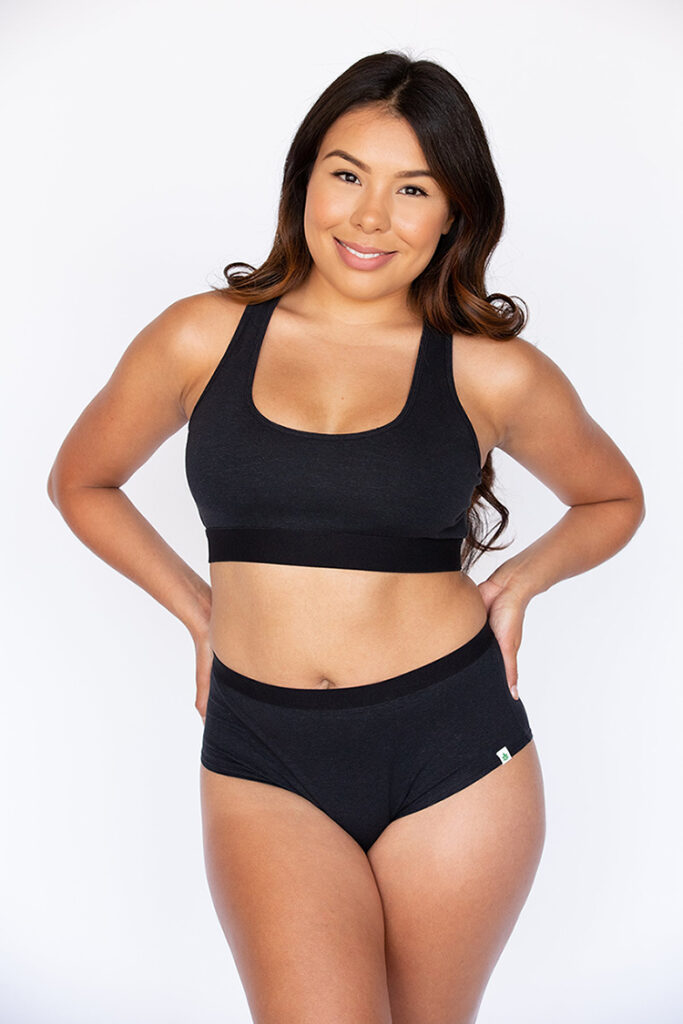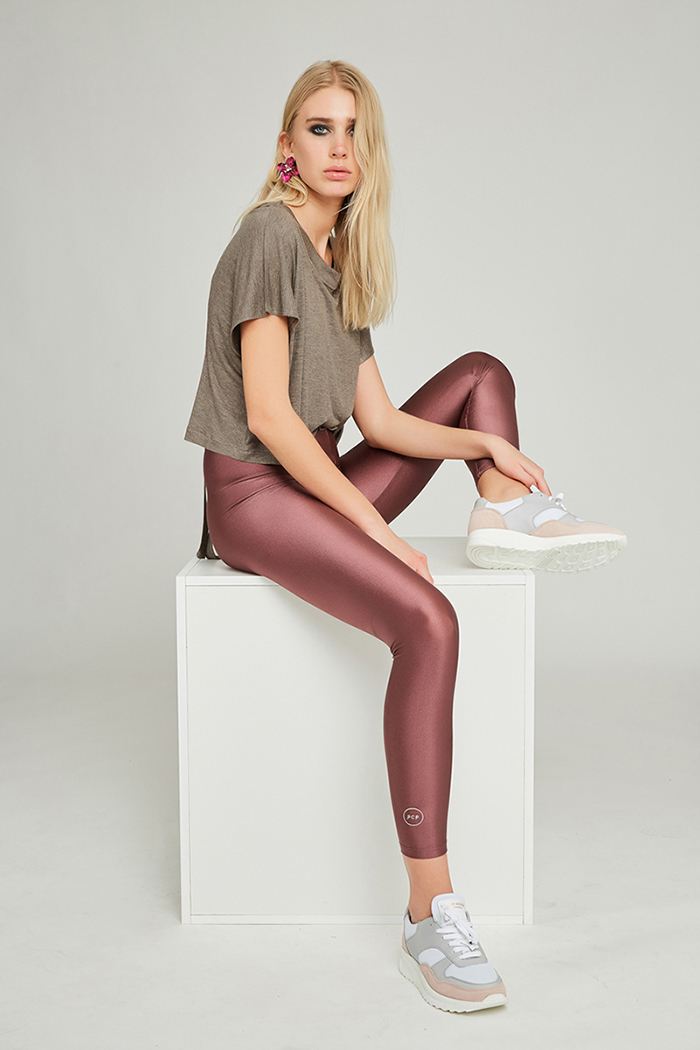OEKO-TEX® STANDARD 100 is one of the six standards offered by the OEKO-TEX® Association. The association, which consists of 18 research and test institutes in Europe and Japan, developed universal standards to help companies understand the standards their factories meet. But, what exactly does it mean when you see a brand use STANDARD 100 by OEKO-TEX®?
On average, about 0,5 kg of chemicals is used to make one hoodie. Almost 30 years ago, OEKO-TEX® created a standard to ensure these chemicals aren’t harmful, called STANDARD 100. It is one of the world’s best-known labels for textiles tested for harmful substances. If a garment has the STANDARD 100 label, you can be sure every component of the item has been tested for harmful substances and that the garment therefore is harmless for human health.
OEKO-TEX® offers 6 different standards:
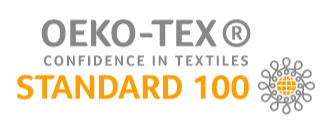
Certification for the restriction of the use of harmful substances in the production of textiles. All types of textiles that have been tested for harmful substances, from yarns to the finished product, may carry the STANDARD 100 product label.

Same as STANDARD 100 but it also includes the production processes. This means that products labelled with MADE IN GREEN, are tested for harmful substances and are also manufactured under sustainable and socially responsible conditions.

Same as STANDARD 100, but specifically for leather products which have been tested for harmful substances. The label can be used for leather semi-finished products, finished leather, leather fibre materials, and finished articles and accessories.
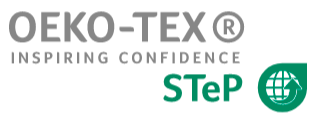
The STeP label is used to certify the production facilities that manufacture textile and leather products. The certification ensures the products are produced under environmentally friendly conditions during all production processes. The aim is to improve the whole supply chain. Some of the aspects they look at are: safety at workplace, good hygiene, medical requirements and social insurance.
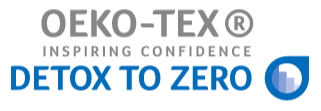
DETOX TO ZERO is a verification system and analysis tool based on the criteria of Greenpeace’s DETOX campaign. The goal is to exclude hazardous chemicals from textile production. DETOX TO ZERO supports facilities to monitor and optimize their chemical management and their wastewater quality.
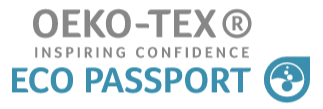
The ECO PASSPORT is a certification for manufacturers of chemicals and chemical compounds. It proves the manufacturer produces safe chemicals that meet the criteria for environmentally textile production. This includes environmentally friendly chemicals, auxiliaries and colourants used in the textile and leather industry.
STANDARD 100 by OEKO-TEX
Oeko-Tex Standard 100 is the one you’ll see most on this website, which is why I’ll zoom in on this certificate a bit more.
There are 4 product classes based on the amount of skin contact the textile product has. Each product class has different requirements that have to be met. The more intensive the skin contact of a textile product, the stricter the requirements and limit values.
- Product class 1: Products for babies and toddlers. This class has the strictest requirements and limit values
- Product class 2: Products with direct skin contact to a large extent, such as shirts, underwear, mattresses, etc.
- Product class 3: Products with no or minimal skin contact, such as jackets, vests, belts, etc.
- Product class 4: Decoration products and accessories used for furnishing purposes, such as table cloths, curtains, upholstery fabrics, etc.
Organic cotton
STANDARD 100 by OEKO-TEX® includes an optional check for cotton products. The test confirms whether the material contains genetically modified organisms (GMO). The GMO test in STANDARD 100 by OEKO-TEX® is mandatory if a company wants “organic cotton” to be stated on the certificate. Organic Cotton is certified separately from other cotton.
Recycled materials
Recycled materials are also able to be certified by OEKO-TEX®. However, they are more difficult to certify and due to their previous life, recycled materials come with different challenges than virgin material. Therefore, they are treated differently, and different rules apply for the certification. The basic rules are:
- At least 20% of the textile material needs to be recycled
- More information about the source of the materials is requested
- An effective quality management system needs to be proven, to ensure a consistent product quality
- The testing program might be different compared to virgin material
- A separate certificate from the virgin material is required
- Blends with virgin materials are allowed if it’s necessary for the manufacturing of the material
Certification process
The tests are conducted exclusively by neutral and independent OEKO-TEX® testing institutes based on the extensive OEKO-TEX® criteria catalogue. The catalogue is updated with new scientific knowledge at least once a year. and the criteria are globally standardized. Numerous substances are taken into account during the test which may be harmful to human health. Every single component and accessory is tested separately and has to comply with the strict OEKO-TEX® test criteria: coating, the outer material, the stitching, the application, textiles, buttons, zippers, linings, prints, etc.
How to check an OEKO-TEX product
When you see an item with an OEKO-TEX® label, you can check the validity of the certification and further information on their website. Just enter the label number, as shown below, in the OEKO-TEX label check.

All information was obtained from the official website of OEKO-TEX®.
Brands who use the OEKO-TEX certification
Some brands who use OEKO-TEX® are shown below. You can find more brands by typing ‘OEKO-TEX’ in the search bar.
